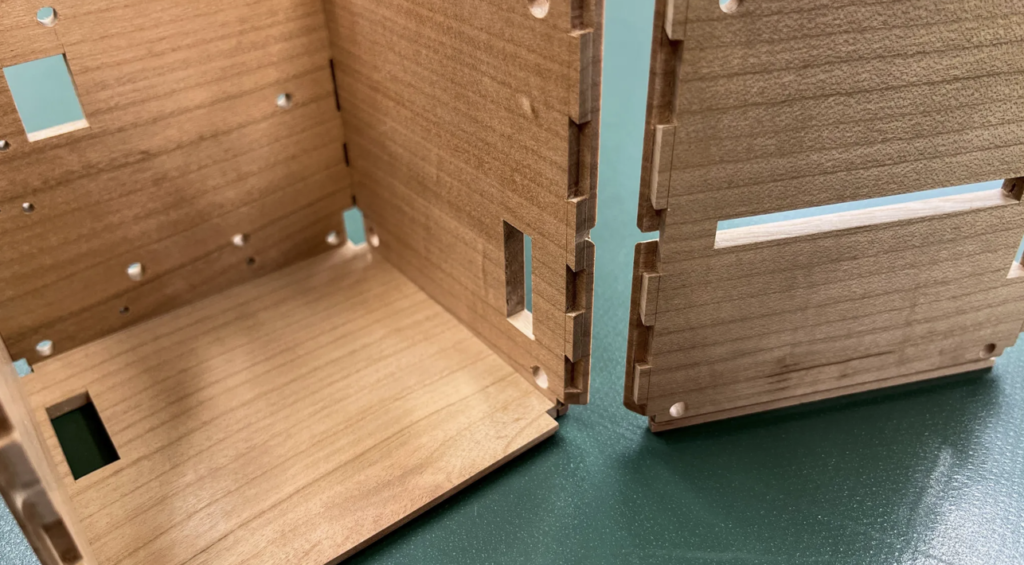LignoSat wooden satellite: A satellite built of wood to demonstrate the value of the material in space. This is the goal of LignoSat, the first Japanese satellite (but not the first ever made of wood, already used in the past by the United States and China) obtained after four years of research and testing by the Kyoto University team, together with the local company Sumitomo. Last November, the satellite was sent to the International Space Station after being launched together with other supplies on board the SpaceX Falcon 9 at the Kennedy Space Center in Florida.
In recent days, however, LignoSat was put into orbit from the ISS to test the strength of the material, which is more sustainable and less polluting than the aluminium alloys used to build satellites.
When their life cycle ends, most satellites re-enter the Earth’s atmosphere and burn up, releasing pollutants such as aluminium oxide, a chemical compound that damages the ozone layer that protects our planet from UV radiation. The amount of material that vaporises in the atmosphere has been increasing for years, while a wooden satellite would minimise the environmental impact as it would burn, causing much less pollution.
Wood as an alternative to aluminium
LignoSat’s mission is to demonstrate that wood can be a viable alternative to aluminium for building less polluting and lower-cost spacecraft. Provided the satellite can pass the test. The first question to be answered is how wood reacts to exposure to the space environment and its ability to withstand cosmic radiation.
Thanks to the first phase of the LignoStella Space Wood Project launched in 2020 after several types of Japanese wood were sent into space, including Yamazakura cherry, Erman birch and magnolia obovate, the latter was chosen to build the satellite. Honoki wood, a magnolia speciality used in Japan for sword scabbards, combines lightness, impact resistance, and durability, and it is easy to work with. Ideal characteristics for a material destined to go into space.


LignoSat is fitted with 10 cm long magnolia panels, which have been assembled using the Japanese joinery method that avoids the use of screws and glue. The thickness of the panels varies between 4.5 and 5.5 mm, while the frame was constructed from various aluminium components. The total weight is close to 1 kg.
Before being sent into orbit, LignoSat – the name representing the combination of wood, which in Latin means forest, and satellite – had to pass a series of strength and safety tests carried out first by the Japan Aerospace Exploration Agency and then by NASA.
A sustainable and affordable resource
‘Wood is a material that we can produce ourselves, so it is useful for building houses, living and working in space,’ said Takao Dei, astronaut and head of the Kyoto University team that worked on the project. According to the university, ‘making a satellite out of wood is a very significant step forward for the space industry, which will help open up new possibilities of use for this material, which is a sustainable resource’. Words dictated by a great ambition: to colonise Mars within the next 50 years. After all, wood is more resistant in space than on Earth, as there is no water or oxygen to damage it.
The experiment is, therefore, very important because it could generate revealed changes in satellite construction processes. Bearing in mind that these will become increasingly popular, thanks also to the various satellite constellations built to bring internet connection to remote areas and as an alternative to cable connection.



